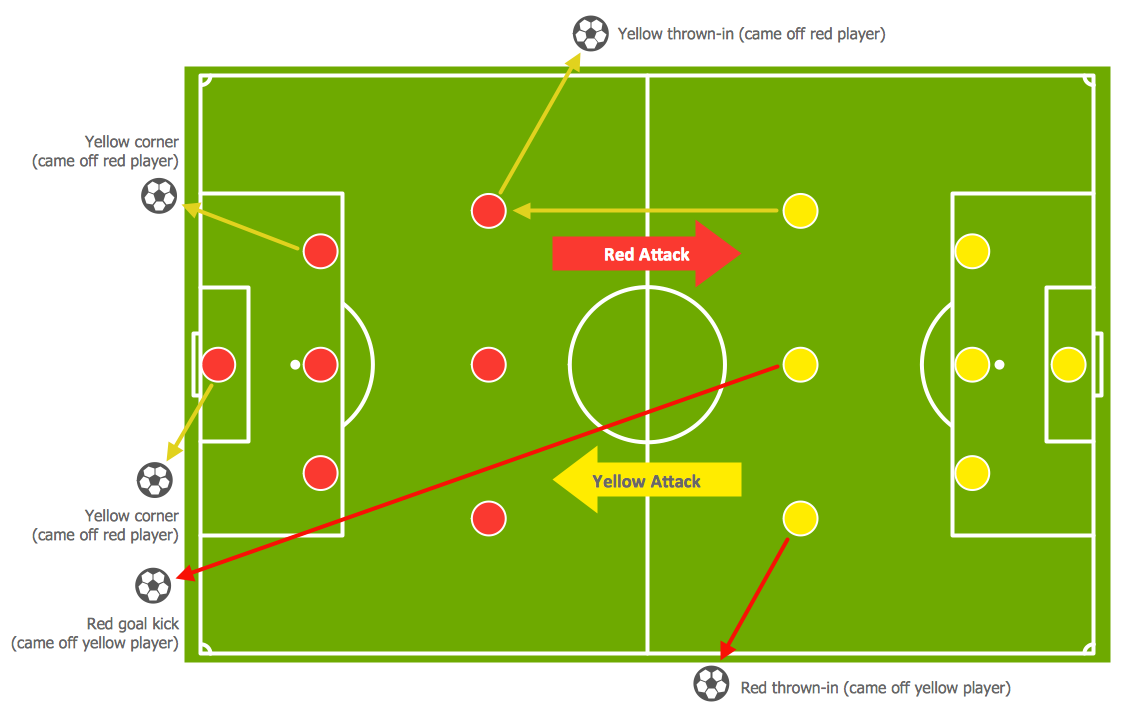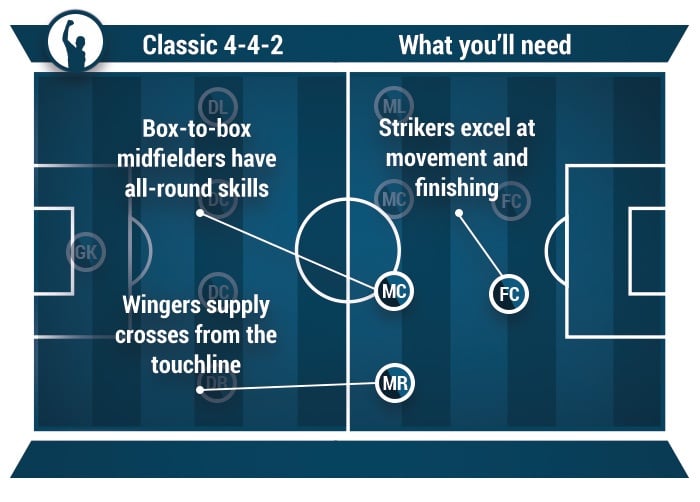
The Unseen Art: Mastering Effective Defending Tactics in Modern Football
Football, often celebrated for its dazzling attacking prowess, intricate passing, and breathtaking goals, fundamentally rests on the bedrock of solid defense. While strikers hog the headlines, it’s often the disciplined, organized, and resolute defensive unit that lays the foundation for success. In the high-stakes, fast-paced world of modern football, effective defending is no longer just about individual heroics; it’s a complex, multi-faceted art form demanding collective intelligence, strategic planning, and unwavering discipline. This article delves into the core principles and advanced tactics that define effective defending in today’s game, illustrating how teams can transform their backline into an impenetrable fortress.
The Foundation: Collective Principles
At its heart, effective defending is a team endeavor. No single defender, no matter how skilled, can consistently thwart an opponent’s attack without the support and coordination of their teammates.
1. Shape and Compactness:
The most fundamental principle of collective defending is maintaining a compact shape, both vertically and horizontally. This means minimizing the space between defensive lines (e.g., between the defense and midfield) and across the pitch (between wide players). A compact unit denies opponents the crucial space they need to operate, restricting passing lanes, reducing time on the ball, and forcing them into less dangerous areas, typically wide.
- Vertical Compactness: Ensures that if the ball bypasses the midfield, defenders are not isolated and can quickly close down. It prevents through balls from splitting the team apart.
- Horizontal Compactness: Prevents opponents from exploiting gaps between defenders, forcing them to play wide or take long shots from outside the box. When the ball is on one side of the pitch, the entire team shifts over, creating an overload in that area and leaving the far side less vulnerable.
2. Communication: The Unsung Hero:
Effective communication is the lifeblood of any defensive unit. It’s the constant chatter, shouts, and non-verbal cues that allow players to anticipate, react, and adjust in real-time.
- Verbal Cues: "Man on!", "Step up!", "Clear!", "My ball!", "Cover!" – these simple phrases provide critical information, warn teammates of immediate threats, and orchestrate movements.
- Non-Verbal Communication: Pointing, head movements, and body language guide teammates, signaling where to press, when to drop, or who to mark.
- Leadership: Centre-backs, defensive midfielders, and the goalkeeper often serve as the defensive organizers, barking orders and directing the team’s shape from the back. Their ability to read the game and communicate effectively is paramount.
3. Pressing and Counter-Pressing:
Modern football has seen the evolution of aggressive pressing as a primary defensive weapon.
- High Press: Involves forwards and midfielders aggressively closing down opposition defenders and midfielders in their own half, aiming to force errors, win the ball high up the pitch, or simply prevent them from playing out comfortably. The objective is not always to win the ball immediately, but to funnel play, limit options, and exhaust the opponent’s time on the ball.
- Mid-Block: Sees the team drop deeper, forming compact lines around the halfway line, inviting the opponent into specific areas before triggering the press. This approach aims to reduce space between lines, making it difficult for the opponent to penetrate centrally, and often targets specific triggers like a poor pass or a player receiving the ball with their back to goal.
- Counter-Pressing (Gegenpressing): A critical component of many top teams’ defensive strategy, counter-pressing refers to the immediate, aggressive reaction to losing possession. Instead of retreating, players immediately swarm the ball carrier, aiming to win the ball back within seconds. This denies the opponent the opportunity to launch a counter-attack and often leads to regaining possession in dangerous attacking areas.
Defensive Systems and Strategies
Beyond the foundational principles, teams employ various systems and strategies to organize their defense.
1. Zonal Marking:
This is the most prevalent defensive system in modern football. Players are responsible for a specific area or "zone" on the pitch rather than a particular opponent. When an opponent enters their zone, they become that player’s responsibility until they leave the zone or pass the ball.
- Advantages: Maintains team shape, easier to shift as a unit, reduces gaps, and allows for effective offside traps. It minimizes the risk of individual players being dragged out of position.
- Disadvantages: Can be vulnerable to quick, intricate passing combinations that exploit the seams between zones. Opponents can also find "blind spots" if players aren’t constantly aware of their surroundings.
2. Man-Marking:
In this system, each defender is assigned a specific opponent and is tasked with following them wherever they go on the pitch.
- Advantages: Directly neutralizes key opposition players, provides clear individual responsibility.
- Disadvantages: Can pull defenders out of position, creating large gaps for other opponents to exploit. It also requires immense stamina and discipline from individual players. It’s rarely used exclusively in open play but is common for set pieces.
3. Hybrid Approaches:
Most successful teams today utilize a hybrid system, combining elements of both zonal and man-marking. For instance, a team might primarily play zonal defense in open play but switch to man-marking for set pieces. Or, within a zonal system, specific players (e.g., the defensive midfielder) might be tasked with man-marking an opponent’s key playmaker when they enter their zone.
4. The Role of the Defensive Midfielder (The "Screen"):
The defensive midfielder (or holding midfielder) is often the most crucial component of a modern defensive setup. They act as a "screen" in front of the back four, breaking up play, winning second balls, and intercepting passes. Their tactical awareness, positional discipline, and ability to read the game are vital in protecting the central areas and preventing direct attacks on the goal. They are often the first line of defense in a mid-block and critical in initiating counter-attacks once possession is won.
Individual Defending Skills
While collective effort is paramount, individual brilliance in defensive actions remains crucial.
1. Positioning and Body Shape:
A defender’s ability to read the game and position themselves correctly is often more important than their speed or strength.
- Angle of Approach: When closing down an attacker, a defender should approach at an angle that forces the attacker towards the sidelines or onto their weaker foot, limiting their options.
- Body Shape: Maintaining an open body shape allows defenders to see both the ball and the opponent, making it easier to react. When jockeying, a low centre of gravity and balanced stance are key.
- Cover and Balance: Defenders must always be aware of their teammates’ positions and provide cover when a teammate steps out to challenge. This creates defensive layers and prevents attackers from easily bypassing the first line of defense.
2. Tackling:
Tackling is a last resort but an essential skill. It requires perfect timing, precision, and courage.
- Stand-up Tackles: Used to dispossess an opponent without going to ground. Requires precise timing to poke the ball away or block a shot.
- Slide Tackles: Used to cover ground quickly or make a desperate last-ditch attempt to win the ball. Must be timed impeccably to avoid fouling or missing the ball entirely.
3. Intercepting and Anticipation:
Great defenders anticipate play, reading opponents’ intentions and cutting out passes before they reach their target. This involves studying opponents’ tendencies, understanding passing lanes, and reacting quickly to break up play.
4. Heading and Aerial Duels:
Defenders, particularly centre-backs, must be dominant in the air, winning aerial duels from goal kicks, long balls, and crosses. Proper timing, leap, and powerful heading technique are vital for clearing danger and initiating attacks.
5. 1v1 Defending:
When isolated against an attacker, a defender must delay the attack, jockey the opponent, and force them into a less dangerous area or make a mistake. The aim is to buy time for teammates to recover and provide support, rather than immediately committing to a tackle.
Special Situations and Transitions
Football is a fluid game, and defending effectively requires specific strategies for various scenarios.
1. Defending Crosses:
Requires a multi-pronged approach: pressuring the player delivering the cross, marking opponents in the box, and the goalkeeper’s command of their area. Defenders must decide whether to attack the ball (clear it) or mark their man, while ensuring the goal is not left exposed.
2. Defending Set Pieces:
Corners and free-kicks near the goal are high-risk situations. Teams typically use a combination of zonal and man-marking, with specific players assigned to mark dangerous aerial threats or cover specific zones. Communication, organization, and winning the first and second balls are paramount.
3. Defensive Transitions (Attack to Defense):
Perhaps the most vulnerable moments for any team are when they lose possession and transition from attack to defense. Effective defensive transitions require:
- Immediate Reaction: Players must instantly switch their mindset from attacking to defending.
- Recovery Runs: Players who were forward must sprint back to regain their defensive positions.
- Tracking Runners: Identifying and following dangerous opposition players making runs.
- Tactical Fouls: Sometimes, a cynical but tactical foul in midfield is necessary to stop a dangerous counter-attack from developing, accepting a yellow card over a potential goal.
The Psychological Aspect and Continuous Improvement
Beyond tactics and physical prowess, the mental aspect of defending is critical.
- Discipline and Focus: Defenders must maintain concentration for the entire 90 minutes, avoiding lapses that can lead to costly errors.
- Resilience: The ability to bounce back from mistakes and maintain composure under pressure.
- Adaptability: Defending tactics must evolve based on the opponent, the game state, and new trends in football. Continuous analysis, video scouting, and dedicated training sessions are essential for refining defensive strategies and individual skills.
Conclusion
Effective defending in modern football is far more than simply blocking shots or winning tackles. It is a sophisticated interplay of collective principles, strategic systems, and refined individual skills, all underpinned by relentless communication and psychological fortitude. From maintaining a compact shape and executing aggressive presses to mastering the art of positioning and winning crucial aerial duels, every aspect contributes to building a defensive unit that can withstand the fiercest attacks. In a game increasingly dominated by attacking flair, the teams that truly master the unseen art of defending are often the ones that lift the most coveted trophies, proving that while goals win games, defense wins championships.



